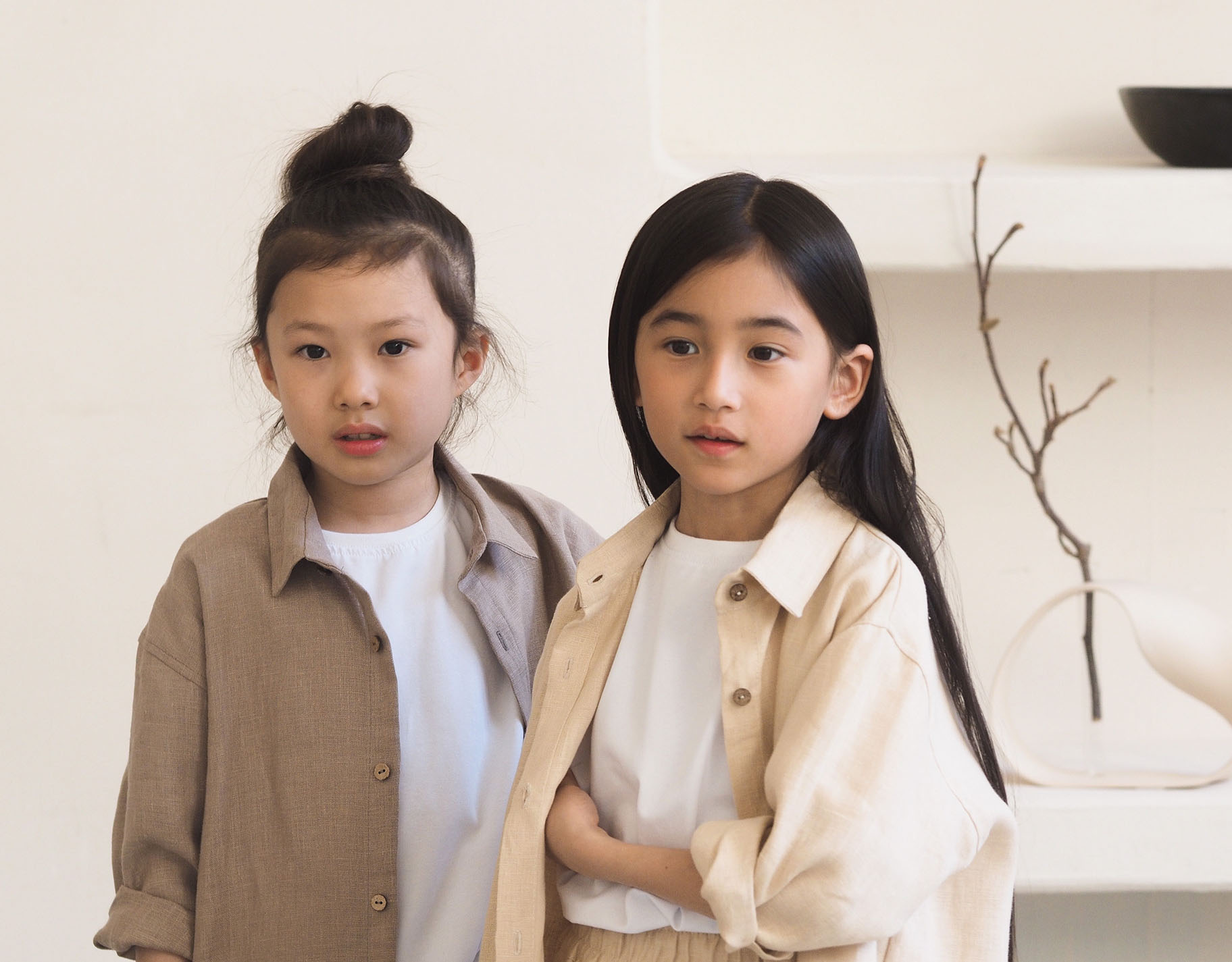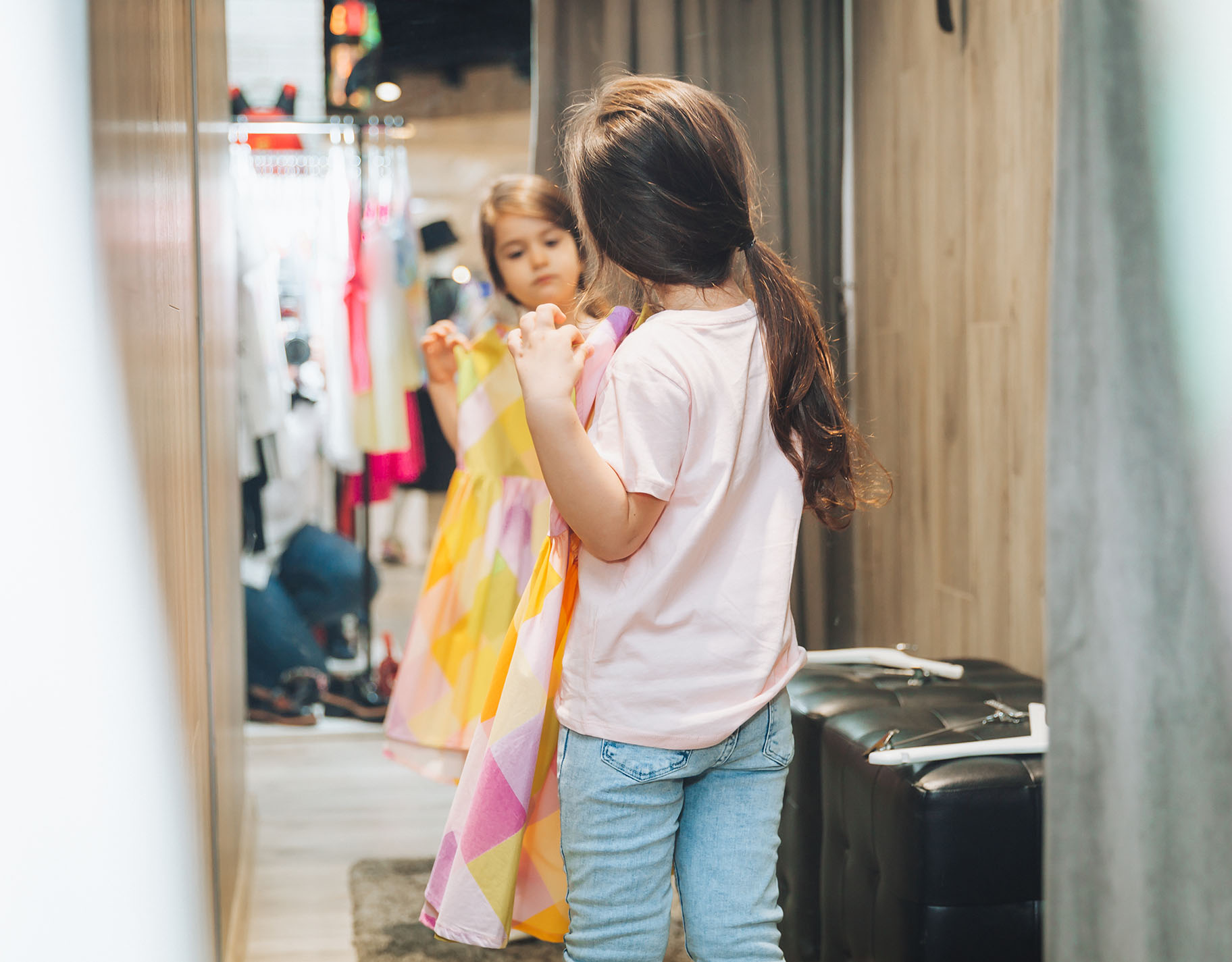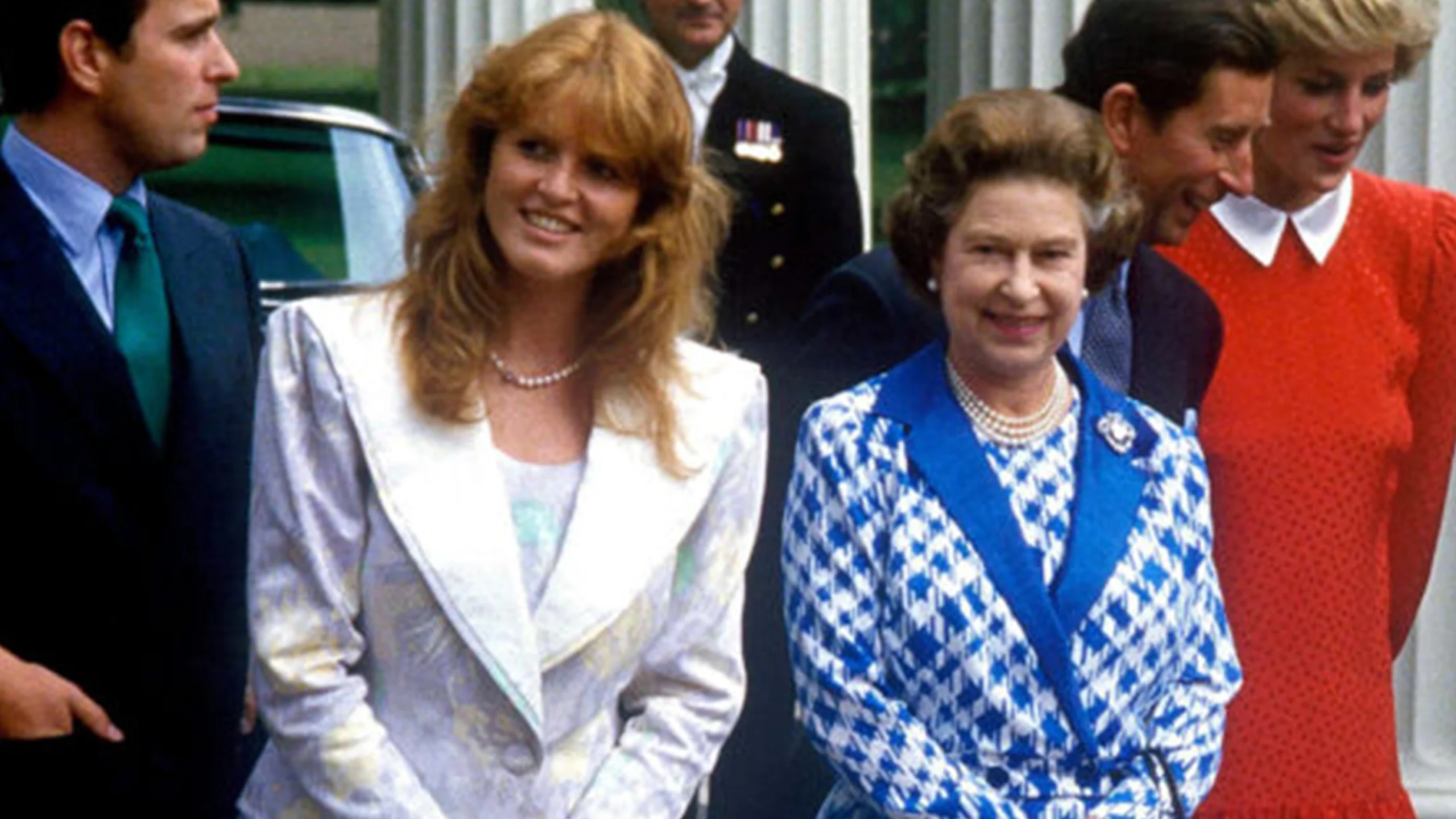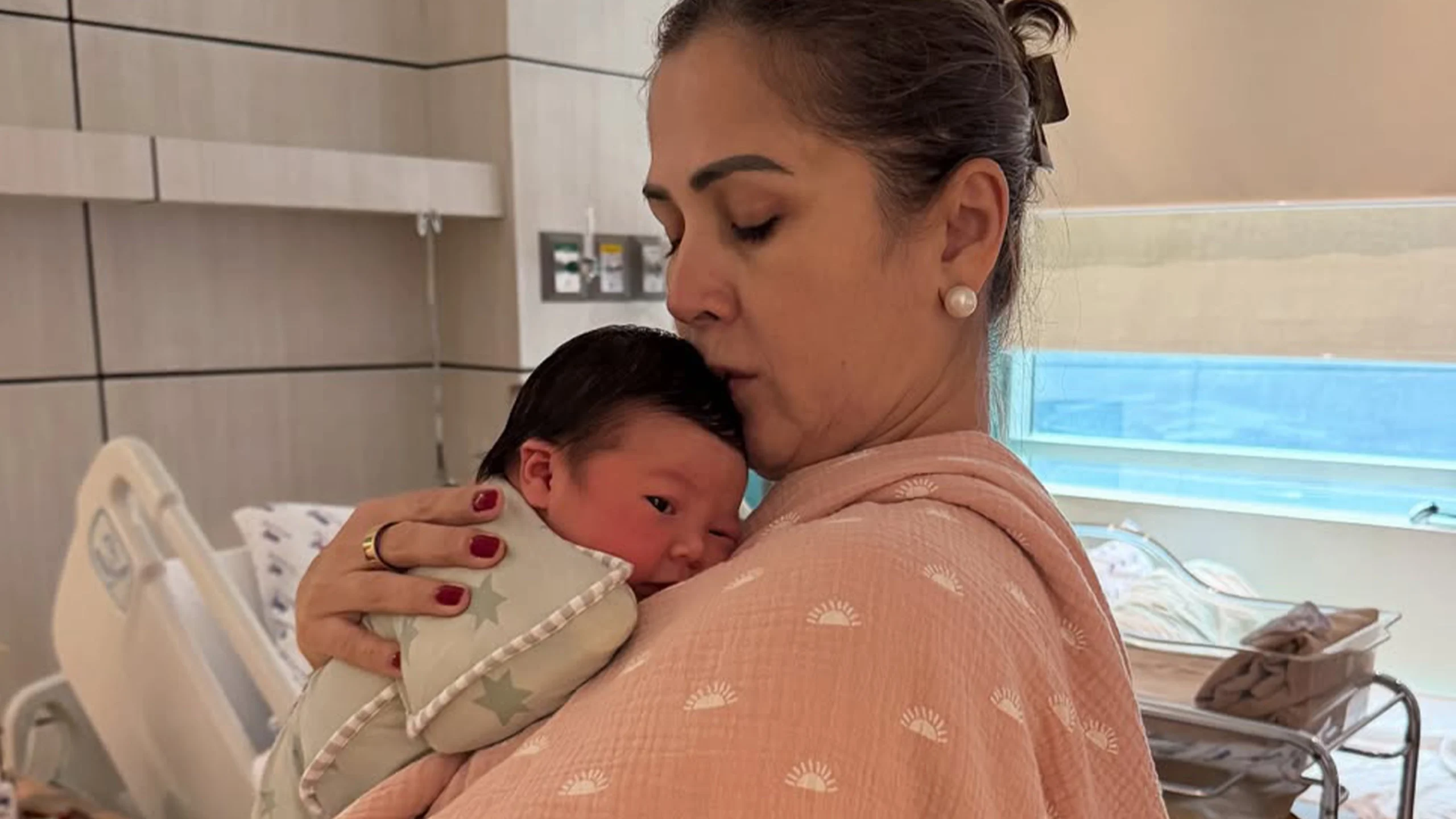Styling It Up: Defining Fashion Styles and Terms Our Kids and Rising Fashion Icons Use Nowadays
While we’re familiar with some terms, our kids put an additional spin on some fashion styles and terms. Here’s a guide to see what renovations their wardrobes are going through.
Considering the many fashion bloggers our kids and even we follow on social media, it’s no surprise they’ll be using a bit of jargon. Fashion style terms like maximalist, minimalist, cottagecore, fairycore, dark academia, gothic, lolita will be cropping up and have us saying, “Back in our day, we’d just throw on a piece, see if it looks good and, call it a day!” It can get confusing sometimes, even for the most stylish moms and dads.
So to make things easier, we’ve gathered up some of the terms and separated them into approaches and themes:

Approaches to Fashion
Everything — even fashion styles — has an approach and the two most common ones we’ll hear are either minimalist or maximalist.
Minimalist
The minimalist fashion style appeals to people who easily get visually overstimulated, are not fond of attention, and prefer not to fuss about what they’ll wear for the day. When our kids and even we start opting for more minimalist pieces, we’ll probably be shopping in places like Muji and Uniqlo — these brands often focus on pieces that are so simple they can either stand alone for the days we could really care less about what we look like or we could easily elevate it some jewelry or a nice pair of shoes.
Minimalism isn’t often about color palettes but rather, patterns or their lack thereof. And if they do have patterns, it’s usually simple like nautical stripes or small polka dots.
Maximalist
Big appliques like oversized flowers or ribbons sewn into the pieces, large ruffles, oversized pieces, bold patterns like flowers, paint splatters, etc. — these are usually the marks of a maximalist fashion style. They’re supposed to make a statement, like an expression of a personality. While most would wear maximalist pieces for evening gatherings, some pieces can also stand out depending on the fabric.
As the complete opposite of Minimalist, Maximalist loves playing around with prints and going all out. Their approach to fashion is, “You only live once! There’s no such thing as too much!”
Some Popular Fashion Subcultures
We always tell our kids that their clothes choices should be something they’re confident in and happy with. But when they suddenly tell us, “No, that’s not fairycore enough!” or something — that just leaves us scratching our heads. Here’s a breakdown of some of the terms they use:
Fairycore
Remember the fairies in the stories we would read to our kids? That’s where they’re getting their inspiration from. But not from the old frumpy fairy godmother kind — they’re referring to mythical creatures known as the Fae. Our kids probably want to embrace the same freedom these mythical woodland creatures have, spending their days frolicking with their animal friends through the forests of Britain and Ireland.
But if they can’t do that, they channel their inner fairy with long or midi skirts or tops with ruffles and embroidery. Fairycore pieces are usually puffy or flowing while playing around with ditsy floral patterns (the one with tiny flowers on it).
Cottagecore
Less fantastical than Fairycore, Cottagecore draws inspiration from women who lived country life and wear pieces with more vintage patterns. The fashion style also focuses on a lot of woven and wooden pieces, like straw hats with ribbons and flowers while wearing it with a floral dress. It’s the perfect summer look! And if our kids are dismayed about how much it costs while trying to adopt a more sustainable fashion approach, ukay-ukay and shops that sell preloved pieces often have a wide variety of cottagecore dresses.
Gothic
Often lumped together with “Emo” style but we’re sure we’ve had our teens screaming, “They’re not the same!” When our kids say “gothic,” they’re referring to clothes from the 1980s otherwise known as the “Gothic” period. Known for its large amount of lace and puff, the Gothic fashion style is also known for being mostly black in its pieces. However, some add splashes of color like wine red, or white.
Lolita
Remember those vintage dolls? Quite similar and emphasizing modesty, Lolita focuses on Victorian or Roccoco elements. Although it was a popular thing in Japan, some of our kids and teens love the fluff that comes with the dresses. The boy’s version is called the “prince” style, usually sporting tailcoats. If they’ve been watching Bridgerton, that could possibly be why they’re leaning towards that fashion style.
Academia
Mostly based on poetry and classic private schools back in Europe and America, academia has two subgroups: light and dark which are just to separate the palettes they use. It’s different from Preppy which focuses more on a cozy student look with tweed and woolen textures. Academia focuses more on a style that inspired the scholars back in the day who often wore argyle patterns, sweaters, trousers, and trench coats.
Athleisure
Combining athletic elements and casual wear, moms and young adults love the look because of how comfy and simple it is. The usual footwear of choice is a pair of comfortable, walking rubber shoes (normally New Balance and their lifestyle line) and then yoga pants or drawstrawing pants with a t-shirt on top. It was so comfortable that even the late Princess Diana enjoyed this kind of look!
Old Money Look
Back in our day, it was normal for our kids to wear band t-shirts and t-shirts with large prints on them. Today’s generation prefers the old money fashion style — no prints, focus more on plains and timeless cuts and designs. A lot of times, we might even find them rummaging through our closets to find simple button-up shirts, straight-cut trousers, sweaters, and even vintage print scarves.

The Three Principles of Revamping Wardrobes and Fashion Styles
Now, some of us and our kids might stare at our wardrobes for a good few minutes and think that it isn’t cohesive enough to fall under one fashion subculture. But that’s the interesting part about fashion: it’s always changing. Finding a stereotype or an archetype that best fits our personality is a trial-and-error process. Before we start throwing out clothes and buying new ones to replace them, however, keep these three principles in mind:
- Do we have something similar? If yes, why did we stop wearing it?
- Are we doing it for the novelty or because there’s truly no hope of fitting back into our old pieces?
- Is it really worth resurrecting this style? There’s got to be a reason why some styles don’t make a comeback.
It’s easy to jump on the fashion trend but it’s important to be conscious of our choices. Besides the waste, there’s more to clean as the pile of unused, impulse-bought clothes becomes higher and higher. And sadly, reselling them (even if they’re branded) is only at 1/4 or even 1/8 the original price since they’re already preloved pieces.
So before we let our kids (or we ourselves turn our wardrobes upside down), remind ourselves to actually go through the pieces one by one. Some of us might even take a shine to the buried ones because it looks new.
More about fashion?
Sustainable Fashion Guide for Fashionista Moms: Here’s What We Know
Rosanna Ocampo-Rodriguez: 15 Years of Fashion
Mom Fashion: 10 Basic Pieces Moms Need in Their Wardrobes








